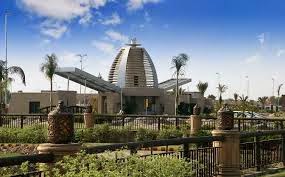Gujranwala is an industrial city in Gujranwala District, Punjab province of Pakistan. It is the seventh-most-populousPakistani metropolitan areas, and is one of the fastest-growing cities in the world. Gujranwala is 226 metres (744 ft) above sea level. It shares borders with Ghakhar Mandi, Alipur Chatha, Kamonke and several small towns and villages. Punjabi is the local language but English and Urdu are also commonly spoken, particularly in schools and offices.
Due to extensive road and rail links, the city's manufacturing and agricultural sectors have flourished. Gujranwala is on the Grand Trunk Road, connecting it with provincial capitals such as Peshawar and Lahore andIslamabad, Pakistan's capital. The city is located between Lahore, Gujratand Sialkot.
Gujranwala is known for its production of sugarcane, melons and grains for export; it exports one of the world's finest varieties of rice. The city has commercial and industrial centres for manufacturing ceramics, fans, electrical-switch gears, engineering tools, earth-moving machinery, steel, cutlery, crockery, iron safes, metal tools, utensils, textiles, woolen sweaters, sanitary fittings and leather. It has produced some of the best-known wrestlers and bodybuilders on the subcontinent, resulting in its nickname "city of wrestlers" (Palwana da shehr in local Punjabi).



































































